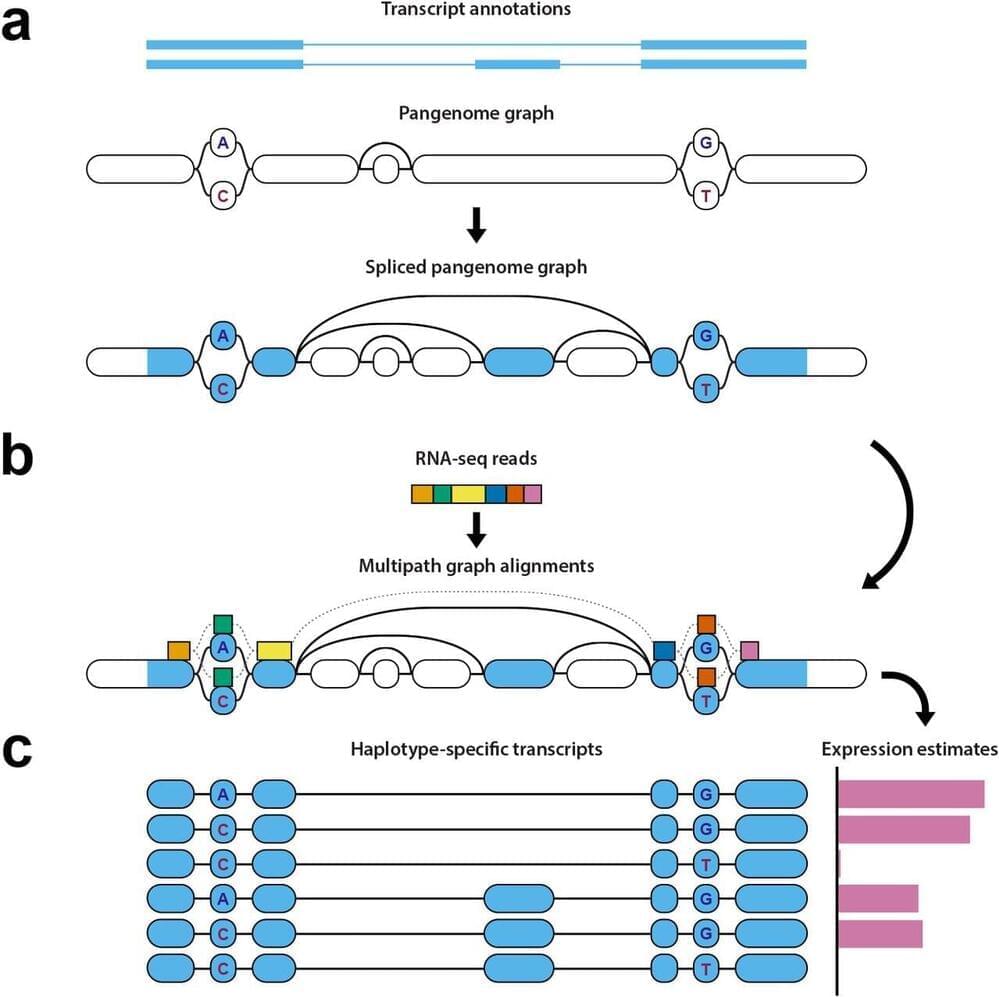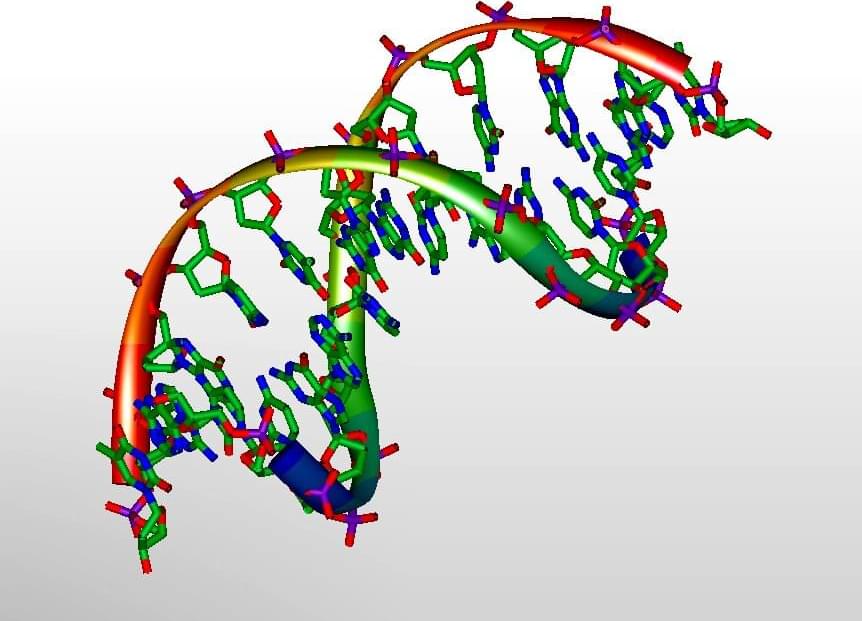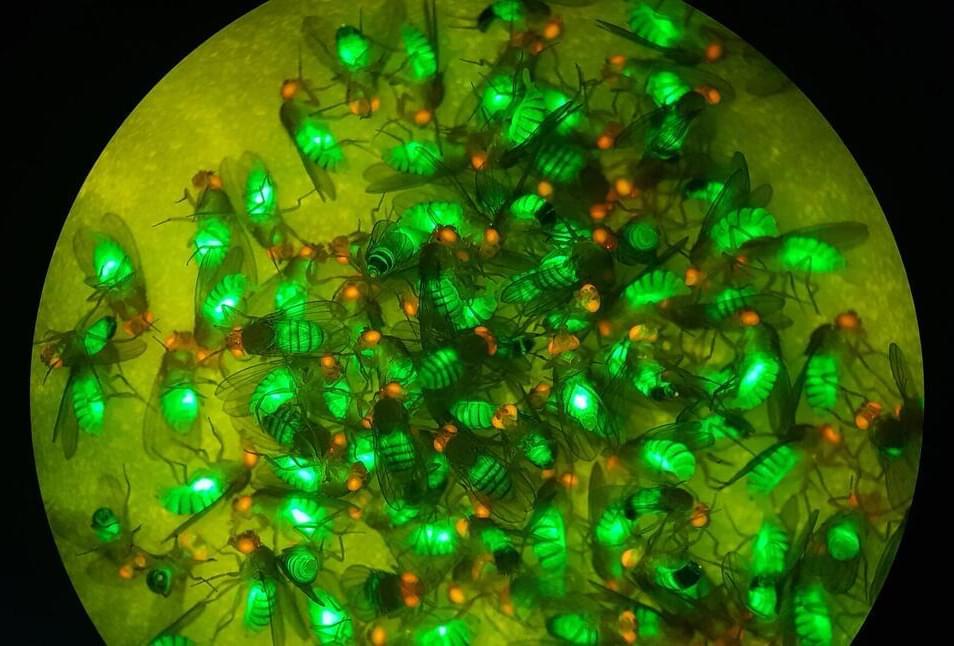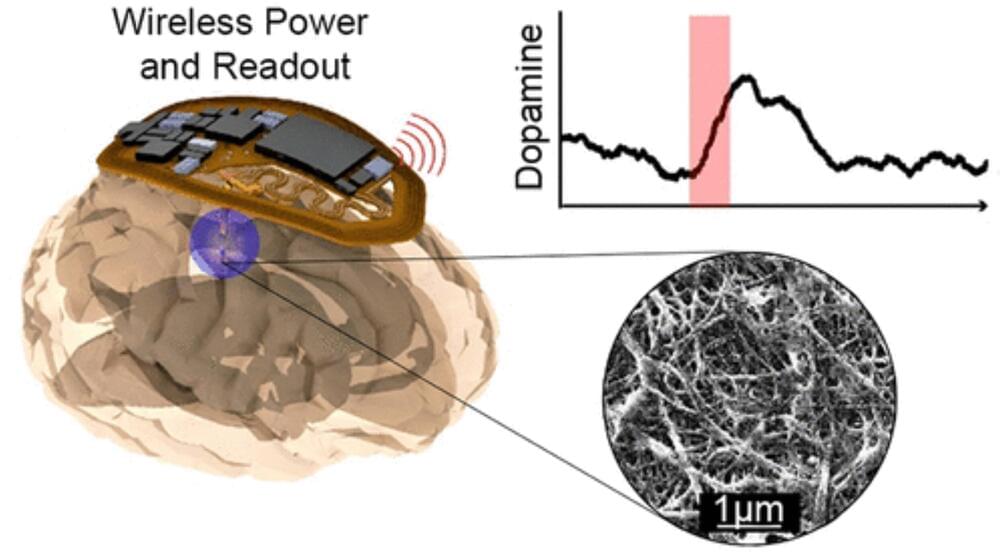Jan 22, 2023
UK Meteorite That Fell To Earth Contains Building Blocks For Life
Posted by Quinn Sena in categories: bioengineering, biotech/medical, genetics, singularity
Basically many have theorized that these seeds coming from meteorites mean that essentially perhaps that life started from seeds like this. Going much deeper down the rabbit hole we actually are starting to see a grand design possibly by actually organisms that evolved into what we have now over millions of years which is actually weird because all earth would have been just a rock but this could be a grand architecture genetically even from the first seed to the biological singularity. This could Basically prove the existence of some entity that may have created humans and all life most like from this seed which means whether it is alien gods or God there will be so much more discover due to this complexity which can benefit all medicine and also genetic engineering 🤔 😉 😀
The fact the first of four surviving pieces was collected within 12 hours of landing, allowing little time for contamination, added to the meteorite’s value. Indeed, because the abundance of organic material in the meteorite was ten times lower than in other carbonaceous chondrites, they might not have been distinguishable from Earthly contamination had it not been retrieved so quickly. As it is, some of the amino acids found are quite rare on Earth, confirming their extraterrestrial origins.
The Winchcombe stones had a number of features never previously seen in meteorites, including low amino acid abundance for a carbonaceous chondrite but unusual ratios among the amino acids and PAHs that are present. Combined with the incomplete conversion of Winchcombe’s components into solid rock, this led the authors to speculate Winchcombe could represent a new class of meteorite that has not been studied before.
Continue reading “UK Meteorite That Fell To Earth Contains Building Blocks For Life” »
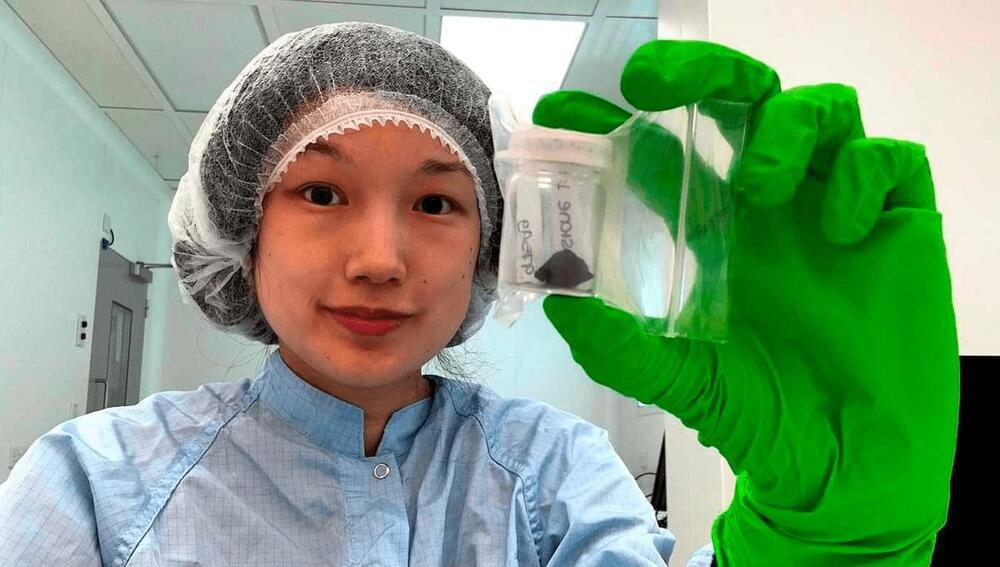
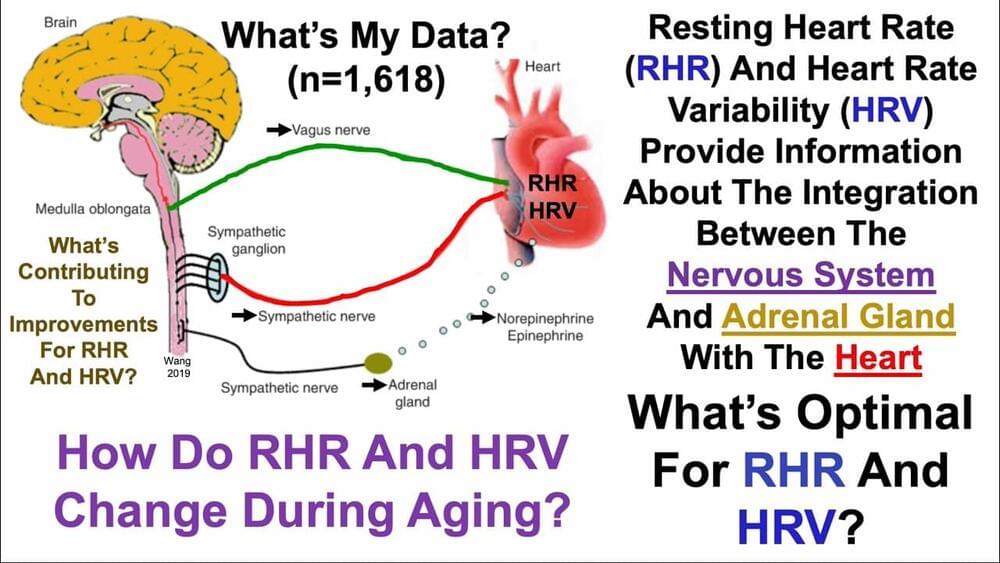



 CRISPR/Cas9 technology-mediated genome editing has significantly improved the targeted inactivation of genes in vitro and in vivo in many organisms. In this study, we have reported a novel CRISPR-based vector system for conditional tissue-specific gene ablation in zebrafish. Specifically, the cardiac-specific cardiac myosins light chain 2 (cmlc2) promoter drives Cas9 expression to silence the neuropilin-1(nrp1) gene in cardiomyocytes in a heat-shock inducible manner. This vector system establishes a unique tool to regulate the gene knockout in both the developmental and adult stages and hence, widens the possibility of loss-of-function studies in zebrafish at different stages of development and adulthood. Using this approach, we investigated the role of neuropilin isoforms nrp1a and nrp1b in response to cardiac injury and regeneration in adult zebrafish hearts. We observed that both the isoforms (nrp1a and nrp1b) are upregulated after the cryoinjury. Interestingly, the nrp1b-knockout significantly altered heart regeneration and impaired cardiac function in the adult zebrafish, demonstrated by reduced heart rate (ECG), ejection fractions, and fractional shortening. In addition, we show that the knockdown of nrp1b but not nrp1a induces activation of the cardiac remodeling genes in response to cryoinjury. To our knowledge, this is the first study where we have reported a heat shock-mediated conditional knockdown of nrp1a and nrp1b isoforms using CRISPR/Cas9 technology in the cardiomyocyte in zebrafish, and furthermore have identified a crucial role for nrp1b isoform in zebrafish cardiac remodeling and eventually heart function in response to injury.
CRISPR/Cas9 technology-mediated genome editing has significantly improved the targeted inactivation of genes in vitro and in vivo in many organisms. In this study, we have reported a novel CRISPR-based vector system for conditional tissue-specific gene ablation in zebrafish. Specifically, the cardiac-specific cardiac myosins light chain 2 (cmlc2) promoter drives Cas9 expression to silence the neuropilin-1(nrp1) gene in cardiomyocytes in a heat-shock inducible manner. This vector system establishes a unique tool to regulate the gene knockout in both the developmental and adult stages and hence, widens the possibility of loss-of-function studies in zebrafish at different stages of development and adulthood. Using this approach, we investigated the role of neuropilin isoforms nrp1a and nrp1b in response to cardiac injury and regeneration in adult zebrafish hearts. We observed that both the isoforms (nrp1a and nrp1b) are upregulated after the cryoinjury. Interestingly, the nrp1b-knockout significantly altered heart regeneration and impaired cardiac function in the adult zebrafish, demonstrated by reduced heart rate (ECG), ejection fractions, and fractional shortening. In addition, we show that the knockdown of nrp1b but not nrp1a induces activation of the cardiac remodeling genes in response to cryoinjury. To our knowledge, this is the first study where we have reported a heat shock-mediated conditional knockdown of nrp1a and nrp1b isoforms using CRISPR/Cas9 technology in the cardiomyocyte in zebrafish, and furthermore have identified a crucial role for nrp1b isoform in zebrafish cardiac remodeling and eventually heart function in response to injury.